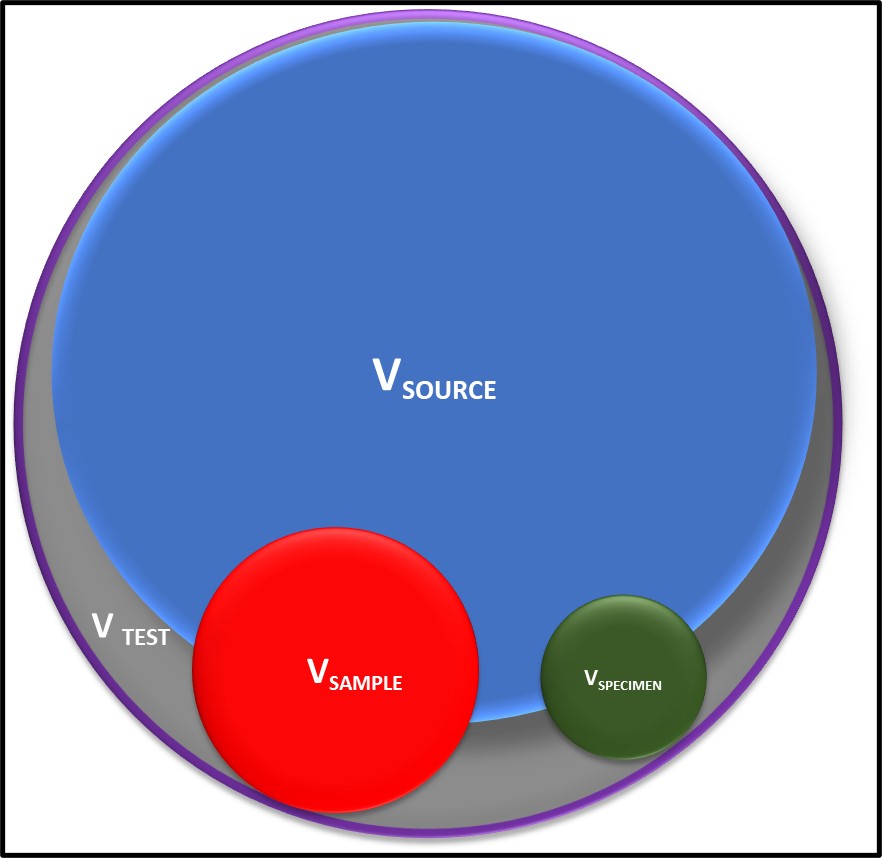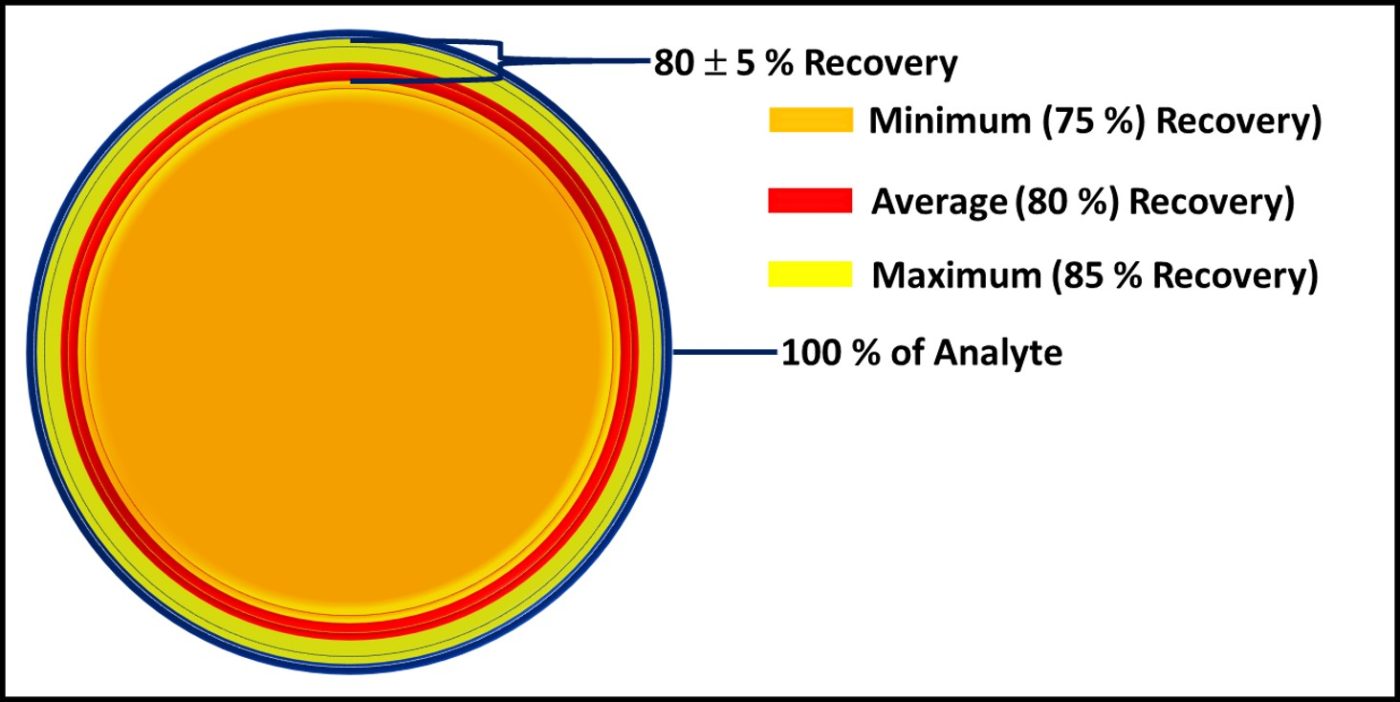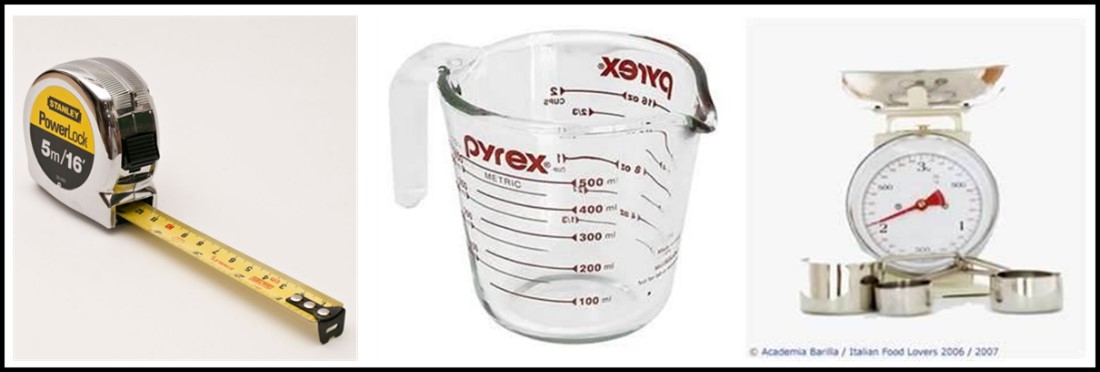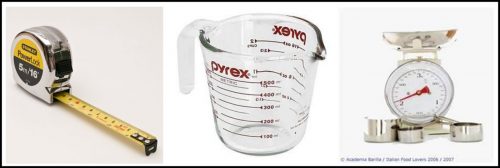
One of the more famous quotes from William Shakespeare’s play, Romeo and Juliet.
Language Matters
In this month’s article I’ll address the use of what I call unregistered microbicides.
Over the course of the past several decades, industry and regulators have taken increasingly jaundiced views of chemical substances variously known as antimicrobial pesticides, biocidal substances, biocides, biocidal products, and microbicides. What are these substances? The EU’s…
READ MORE




